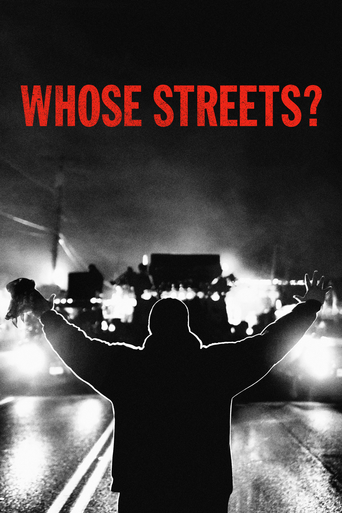


Whose Streets?
A nonfiction account of the Ferguson uprising told by the people who lived it, this is an unflinching look at how the killing of 18-year-old Michael Brown inspired a community to fight back—and sparked a global movement.
-
- Cast:


Similar titles
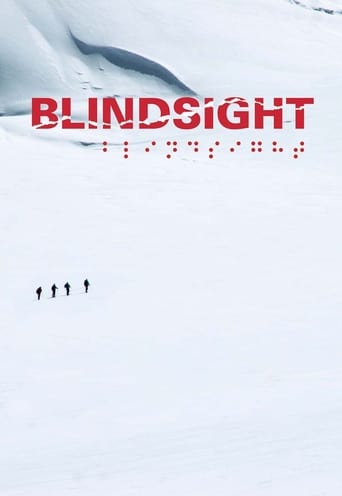
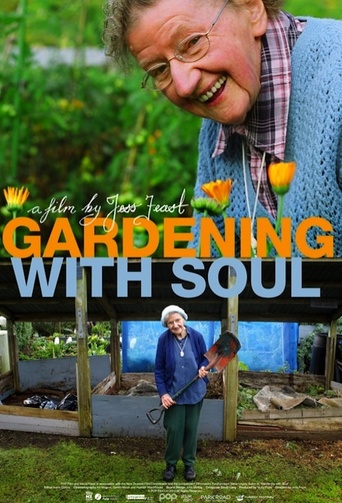

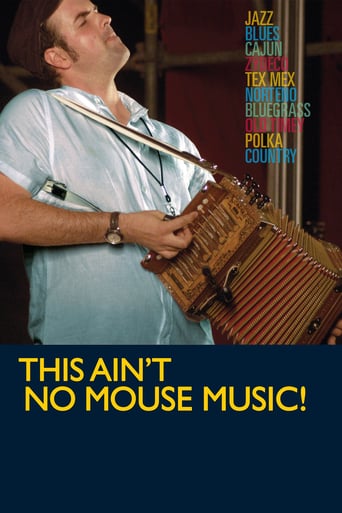
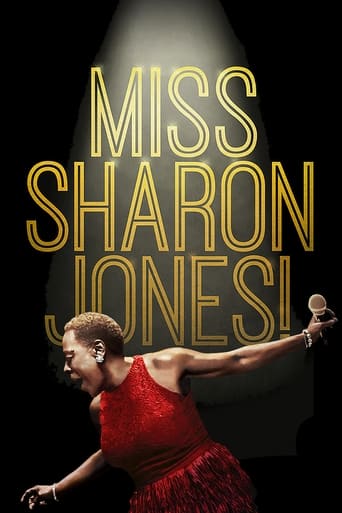
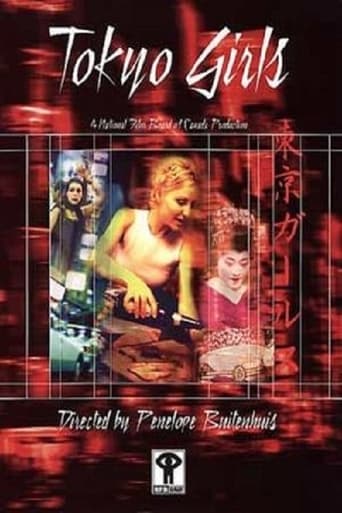
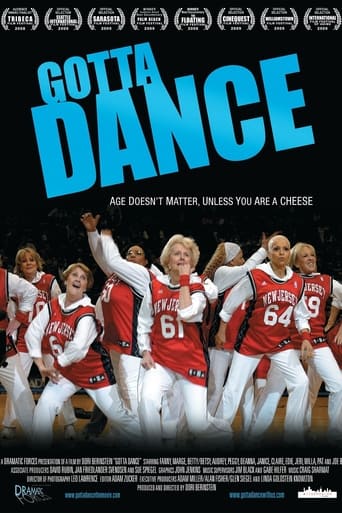
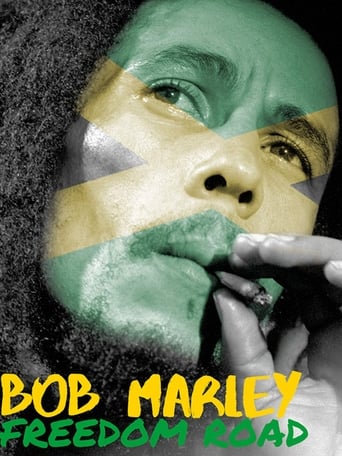
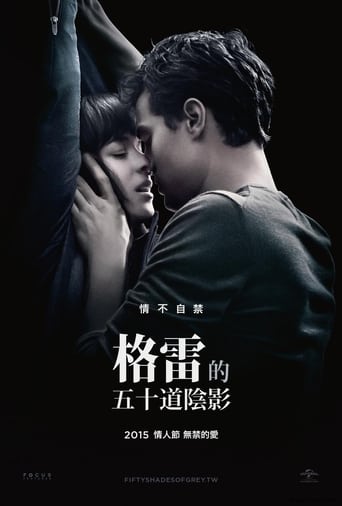
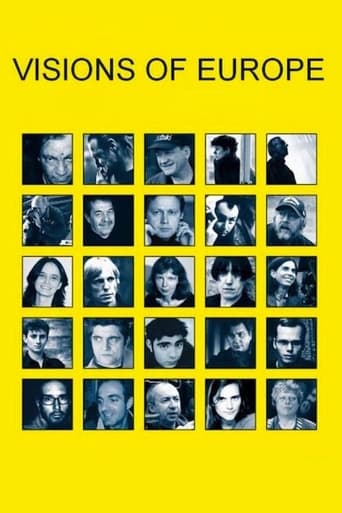
Reviews
I don't have all the words right now but this film is a work of art.
Don't listen to the negative reviews
Simple and well acted, it has tension enough to knot the stomach.
Tells a fascinating and unsettling true story, and does so well, without pretending to have all the answers.
"One of the scariest aspects of our times is how easy it is for glib loudmouths to turn us against each other, weakening the whole framework of society, on which we all depend.""One of the most pathetic-and dangerous-signs of our times is the growing number of individuals and groups who believe that no one can possibly disagree with them for any honest reason."-Thomas Sowell
The people who gave this movie a bad review for the reasons they provided need to read a history book. I am not even American and I know that this kind of stuff is not pushing an agenda of any kind. It's continuing a centuries long struggle that unfortunately seems to have no end.This documentary was emotional and powerful and told the story from a point of view many of us cannot possibly understand because we have not lived it. The only problem I have with this movie is that it doesn't contain more information from the people involved. I wanted even more interviews and more footage.
Damon Davis and Sabaah Folayan, activist filmmakers, are the creators of Whose Streets?", a documentary about the "uprising" in Ferguson, Missouri, following the infamous 2014 fatal police shooting of a black teenager.As editors, both Davis and Folayan are exceptionally talented, as they stitched together a great deal of disparate video footage (mostly covering the disturbances that broke out after the police shooting) and formed it into coherent whole. There are no interviews done by the filmmakers however, and no real attempt to understand the roots of the community's resentment. Instead, one must fend for oneself in gleaning insights from the denizens of Ferguson who for the most part are good at expressing anger and rage but not so good at communicating the real reasons for the resentment that undoubtedly stems (at its core) from the legacy of slavery.Davis and Folayan take an uncritical look at the Ferguson activists and protesters who paint themselves as perennial victims of police brutality and institutional racism. There is no hint that maybe not all of the Ferguson residents are acting in their own best interest and maybe some of them are actually self- destructive in their exuberance to right societal wrongs. Like the protesters, Davis and Folayan agree (with them) that change only comes from struggle which sometimes may result in violence in order to wake up the powers that be (one protester argues that the looting of stores cannot be equated with a police shooting resulting in a fatality).However, it's precisely the circumstances surrounding the police shooting of Michael Brown that the film's directors choose not to examine. Instead, the filmmakers accept the Ferguson black community's belief (a veritable fait accompli) that Brown was shot in an unprovoked attack while he had his hands up. There were however, thousands of pages of grand jury testimony (in an unprecedented move) that was actually released to the public. The events of the shooting are complicated-even one very pro-Brown witness (#14), who initially insisted that Brown was "executed," later conceded that Brown was moving toward the officer who was yelling "stop" when he fired the fatal round.While fatal police shootings are not that common, they often seem to be, due to extensive media coverage. There are thousands of police-civilian interactions that happen every day that don't result in violence. Those of course are not covered by the media simply because they're not deemed newsworthy.Ultimately most members of the Ferguson black community were not concerned with the subtleties of grand jury testimony. Brown was the perfect martyr for the cause and they could always use him to justify their rage. Brown was merely a symbol but perhaps the real reasons for the incredible anger had more to do with the day to day police-community interactions that fueled the resentment. As one older black woman put it in response to a white homeowner's grief over the unrest, "you've had to deal with it for two weeks, we've had to deal with it for decades."We find out what started the whole conflagration in the first place: the police stopped Brown for "walking in the middle of the street" with the rather lame excuse that he was "blocking traffic." There was also a great deal of resentment over the quota of traffic tickets that were being handed out to members of the black community-some ended up in jail because they couldn't pay the fines-and this appeared to be a pre-arranged plan by the Ferguson police (so much so that the US Justice Department later overhauled the police department and city government as a result of what they termed unlawful, racially biased practices).The Ferguson protesters did much to demonize the police at every turn- and the explosion of violence fueled by resentment had to have some basis in fact. The contempt many police officers had for those they were serving in the Ferguson black community, had to exist, as evidenced by the level of rage, depicted in every scene in the film. On the other hand, when protesters are continually "spitting in your face," do they really expect the police to act with more sensitivity toward them? This is a two way street-it's not really important who started it, but there is no such thing as one side who is always the victim.Davis and Folayan unfortunately do not have the luxury of advanced age to draw more nuanced conclusions about the state of race relations in the US today. One startling opportunity lost is the case of Brittany, an activist who was arrested for being part of a group who drags an innocent motorist out of a car. Suddenly the loud-mouthed protester is worried about having a felony on her record. The closing titles inform us that Brittany wasn't charged with the felony but we would have liked to have known more about her case and why the charges were ultimately dropped or reduced.Instinctively, the powers that be sensed that instead of coming down too hard on the protesters, they would let them blow off steam. It was no accident that the majority of the protesters were young people and a lot of this adolescent rage was in a sense a rite of passage fueled by the marginalized position they found themselves in-but in addition to this natural inclination to rebel against their elders (and authority in general), there is also the reality of years of economic discrimination that the black community has suffered from, preventing many from moving up to middle-class solvency.Did the young protesters really accomplish their ultimate aim? (the redistribution of wealth in our society). The answer is no as that is only a pipe dream of adolescence. Older people invariably will intone "change is slow"-and that is the reality of the world as it's always been.
Really shows the perspective of some local activists living in Ferguson of what the Mike Brown protests were all about. There is not huge detail into the Mike Brown shooting. It's more about raw footage of street protests, police reactions, some town halls, and so on. It really shows how the protesters were not armed and were faced with a much more weaponized police response. The police clearly are not a part of the community and one wonders why the officers appear so alien from the people they are policing. The police are portrayed as a failed institution. There are some brief news clips interspersed in. Most of it is just amateur video on the streets. There is a glimpse into the personal life of some of the activists. At one point, one of the activists said that you can burn down a convenience store yet it can be rebuilt, however all the magicians in the world can't bring back a dead person. Therefore, the real question of violence should be: was anyone hurt? This encapsulates the overall theme of the documentary which is that people come before everything. Clearly the Mike Brown killing became a rallying point but he was also a symbol for much deeper grievances, which is the community didn't feel the police force treated them as people. You won't hear much from the other side in this documentary but it doesn't pretend to be that.
